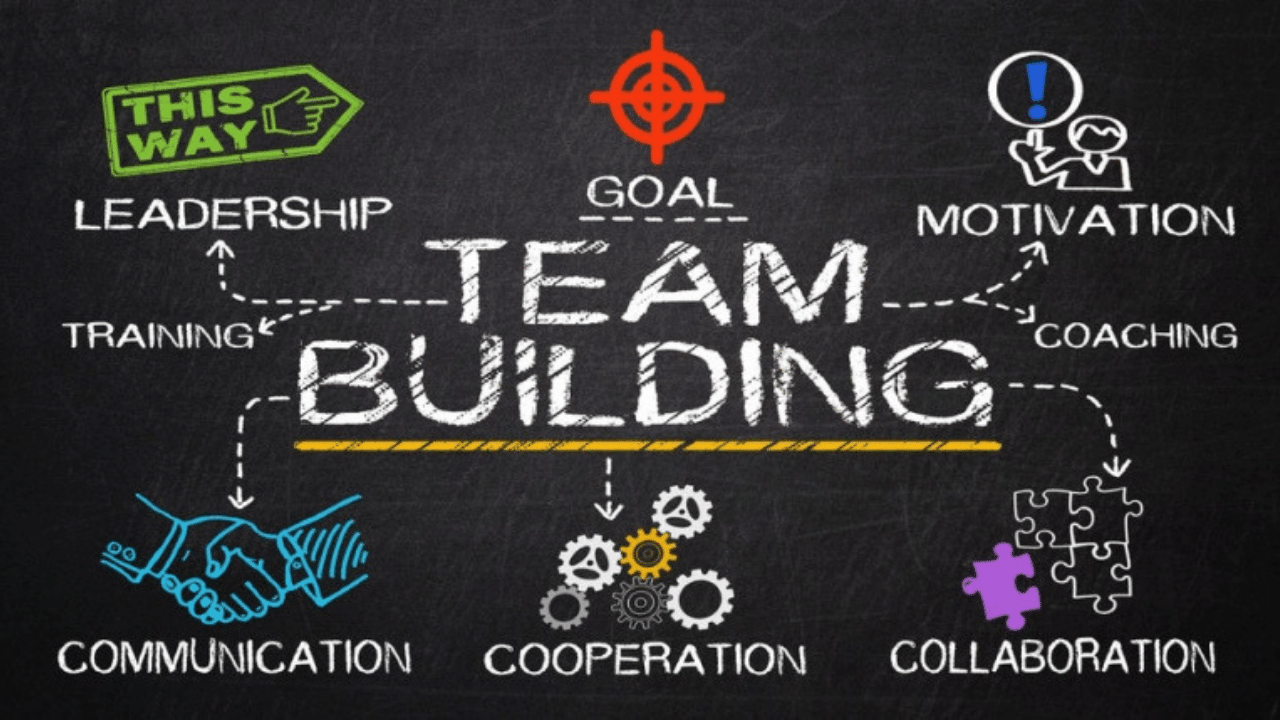This Academic Insight evolved primarily from the first article by Balogun and Jenkins while doing other research. “Re-conceiving Change Management: A Knowledge Based Perspective” appeared to be a good starting point for introducing a series on scholarly work related to change management. The article reconsiders the discipline of change management as knowledge generation.
This concept led to further exploration of some ideas around knowledge management that may be helpful for change management practitioners. Three articles are highlighted below followed by a brief commentary on how change management practitioners might incorporate any of the findings into their current practices.
—
First Article (Cranfield School of Management, BEDS, UK)
Balogun, J. and Jenkins, M. (2003) Re-conceiving Change Management: A Knowledge Based Perspective, European Management Journal, Vol 21, Issue 2, pp 247-257.
Second Article (National Research Higher School of Economics, Saint-Petersburg, Russia)
Tyulkova, N. (2014) A Flexible Organizational Structure as a Way of Knowledge Management in SMEs. Proceedings of the 11th International Conference on Intellectual Capital, Knowledge Management, and Organisational Learning,2014, edited by Jim Rooney, pp 549-557.
Third Article (Budapest University of Economic Sciences and Public Administration, Hungary)
Fehér, P. Combining Knowledge and Change Management at Consultancies, Electronic Journal of Knowledge Management (www.ejkm.com), Volume 2, Issue 1, pp 19-32.
—
What Does This Mean for Practitioners?
Although re-framing change management as knowledge generation may not immediately resonate with all practitioners, there are several concepts presented in one or more of these scholarly articles that are worth consideration. All three articles emphasize the role that culture plays in knowledge creation. An organization with a culture that values open boundaries, trusting coworkers and sharing information across functional boundaries is more likely to have successful and sustainable change than one without this culture.
More important than explicit knowledge is the tacit knowledge that is closely aligned with culture; both are “how we do it”—the unspoken rules, values and behaviors that are generally uncodified but nonetheless carry the DNA of an organization. The articles also address the role of formal or informal structures. Organizations with more informal structures, both in their workforce design and in their physical space, are more likely to develop a culture of knowledge sharing and creation which could help change management professionals design better change integration strategies with longer lasting results.
As change practitioners, especially those working in global corporations, how do we facilitate “flexible structures” that will encourage more open sharing of information—relaying the new “how we will do it” throughout the organization? Training and communication are critical to change initiatives; the explicit knowledge of new processes, tools, and skills needs to be conveyed to employees.
But what new practices can we add to our list of change management activities that will enable employee involvement during change at a deeper and broader level—institutionalized job exchanges both pre- and post-implementation, designing and executing communication strategies, creating more active forms of communication, managing “share” rooms rather than war rooms, incentives for rebuilding the tacit knowledge of the organization.
One final note not specific to these articles is that working with knowledge management information should be a reminder to all of us, as change managers, that many allied disciplines can be the source for creative and effective new ideas and practices.
—
New articles that we post to our blog are announced in the Change Management Weekly, our digest of actionable insights for change delivered to your Inbox every Tuesday. To claim your free subscription, click here:
Share With Your Colleagues
One Comment
Comments are closed.














For organizations, tacit knowledge sharing plays a pivotal role in bringing up thought leadership. As you said, tacit knowledge is implicit and unique, it gives a different perspective on an issue and it helps a lot in managing changes